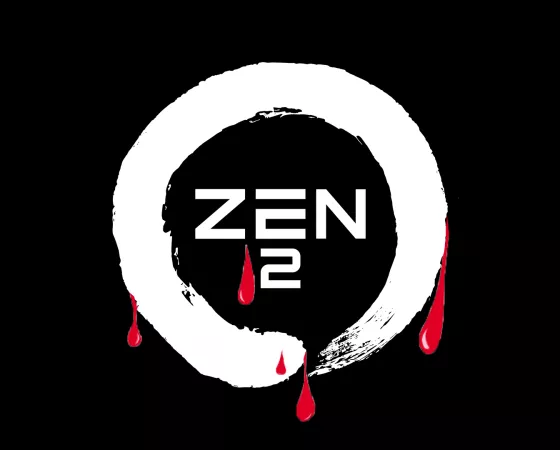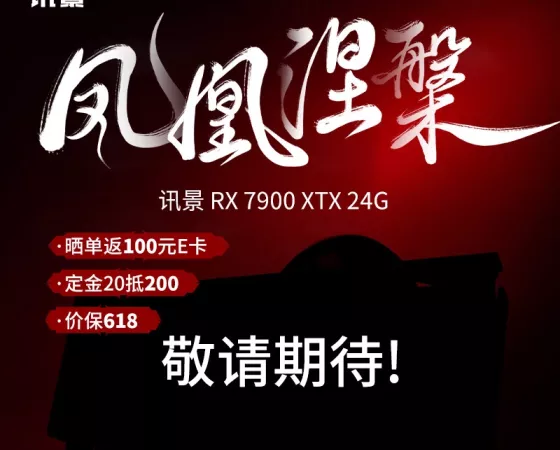RockDoctor (Slashdot reader #15,477) wants to tell you about a "new" star that will be visible to the naked eye — without a telescope — sometime before September:
By "star", I do not mean "comet", "meteorite" or "firefly", but genuine [star] photons arriving here after about 3000 years in flight, causing your eyes to see a bright point on the nighttime sky. When it happens, the star will go from needing-a- telescope-or-good-binoculars-to-see, to being the 50th (or even 30th) brightest star in the sky.
For a week or so. Of course, it could just go full-on supernova, and be visible in daylight for a few weeks, and dominate the night sky for months. But that's unlikely.
Named "T Corona Borealis" (because it's the 20th variable star studied in the constellation "Corona Borealis") it's now visible all night, all year, for about 60% of the world's population (although normally you need binoculars to see it).
But RockDoctor writes that in 2016, "T CrB" (as it is known) has started showing "a similar pattern of changes" to what happened in the late 1930s when it became one of only 10 "recurring nova" known to science:
In 2023, the pattern continued and the match of details got better. The star is expected to undergo another "eruption" — becoming one of the brightest few stars in the sky, within the next couple of months. Maybe the next couple of weeks. Maybe the next couple of hours....
Last week, astrophysicist Dr Becky Smethurst posted on the expected event in her monthly "Night Sky News" video blog. If you prefer your information in text not video, the AAVSO (variable star observers) posted a news alert for it's observers a while ago. They also hosted a seminar on the star, and why it's eruption is expected Real Soon Now, which is also on YouTube. A small selection of recent papers on the subject are posted here, which also includes information on how to get the most up-to-date brightness readings (unless you're a HST / JWST / Palomar / Hawai`i / Chile telescope operator). Yes, the "big guns" of astronomy have prepared their "TOO — Target Of Opportunity" plans, and will be dropping normal observations really quickly when the news breaks and slewing TOO the target.
You won't need your eclipse glasses for this. (Dr Becky's video covers where you can send them for re-use.) But you might want to photograph the appropriate part of the sky so you'll notice when the bomb goes off. Bomb? Did I say that the best model for what is happening is a thermonuclear explosion like a H-bomb the size of the Earth detonating? Well, that's the best analogue.
This CNN article includes a nice animation from NASA illustrating the multi-star interaction that's causing the event:
The stars in the orbiting pair are close enough to each other that they interact violently. The red giant becomes increasingly unstable over time as it heats up, casting off its outer layers that land as matter on the white dwarf star. The exchange of matter causes the atmosphere of the white dwarf to gradually heat until it experiences a "runaway thermonuclear reaction," resulting in a nova [according to NASA]...
The NASAUniverse account on X, formerly known as Twitter, will provide updates about the outburst and its appearance.
The BBC reiterates the key data points — that "The rare cosmic event is expected to take place sometime before September 2024. When it occurs it will likely be visible to the naked eye. No expensive telescope will be needed to witness this cosmic performance, says NASA."


Read more of this story at Slashdot.
 C'est vraiment une excellente offre pour celui qui veut se monter une configuration à tout petit prix sans pour autant vouloir se tourner vers de la mauvaise qualité. Cdiscount proposait déjà depuis quelques jours un pack boîtier + alimentation intéressant signé MSI, qui le devient encore bien plus...
C'est vraiment une excellente offre pour celui qui veut se monter une configuration à tout petit prix sans pour autant vouloir se tourner vers de la mauvaise qualité. Cdiscount proposait déjà depuis quelques jours un pack boîtier + alimentation intéressant signé MSI, qui le devient encore bien plus... Matthieu vous en avait parlé à l'époque : une faille de sécurité avait été découverte en juillet 2023, qui affectait tous les processeurs AMD possédant une architecture CPU Zen 2.Si AMD avait assez rapidement mis à disposition des correctifs pour ses gammes professionnelles EPYC et Threadripper, voi...
Matthieu vous en avait parlé à l'époque : une faille de sécurité avait été découverte en juillet 2023, qui affectait tous les processeurs AMD possédant une architecture CPU Zen 2.Si AMD avait assez rapidement mis à disposition des correctifs pour ses gammes professionnelles EPYC et Threadripper, voi... Si les prix des SSD NVMe se sont globalement envolés depuis maintenant quelques mois, force est de constater que l'augmentation n'affecte pas de la même manière toutes les capacités ni toutes les gammes.Ainsi, les modèles 1 To d'entrée de gamme par exemple se sont prix une claque monumentale puisqu...
Si les prix des SSD NVMe se sont globalement envolés depuis maintenant quelques mois, force est de constater que l'augmentation n'affecte pas de la même manière toutes les capacités ni toutes les gammes.Ainsi, les modèles 1 To d'entrée de gamme par exemple se sont prix une claque monumentale puisqu... On parle un peu de Noctua en cette fin avril 2024 pour une double raison : un nouveau teaser mis en ligne sur X.com et la mise à jour de la feuille de route des sorties prévues en 2024. Commençons par le teaser !
On parle un peu de Noctua en cette fin avril 2024 pour une double raison : un nouveau teaser mis en ligne sur X.com et la mise à jour de la feuille de route des sorties prévues en 2024. Commençons par le teaser ! C'est une information qui ne changera à peu près rien à rien, mais qui est toujours intéressante pour les plus curieux en matière de hardware, ceux qui aiment savoir tout ce qui se passe en coulisse même quand cela n'a pas directement d'impact au quotidien. Nous la devons à nos confrères de TechPowe...
C'est une information qui ne changera à peu près rien à rien, mais qui est toujours intéressante pour les plus curieux en matière de hardware, ceux qui aiment savoir tout ce qui se passe en coulisse même quand cela n'a pas directement d'impact au quotidien. Nous la devons à nos confrères de TechPowe... Le lancement n'est pas encore pour tout de suite donc nous allons rester un peu sur notre faim en ce qui concerne notamment les photos de la bête, mais XFX vient d'annoncer via la boutique chinoise JD.com la disponibilité prochaine d'une toute nouvelle AMD Radeon RX 7900 XT 24 Go et par la même occ...
Le lancement n'est pas encore pour tout de suite donc nous allons rester un peu sur notre faim en ce qui concerne notamment les photos de la bête, mais XFX vient d'annoncer via la boutique chinoise JD.com la disponibilité prochaine d'une toute nouvelle AMD Radeon RX 7900 XT 24 Go et par la même occ...